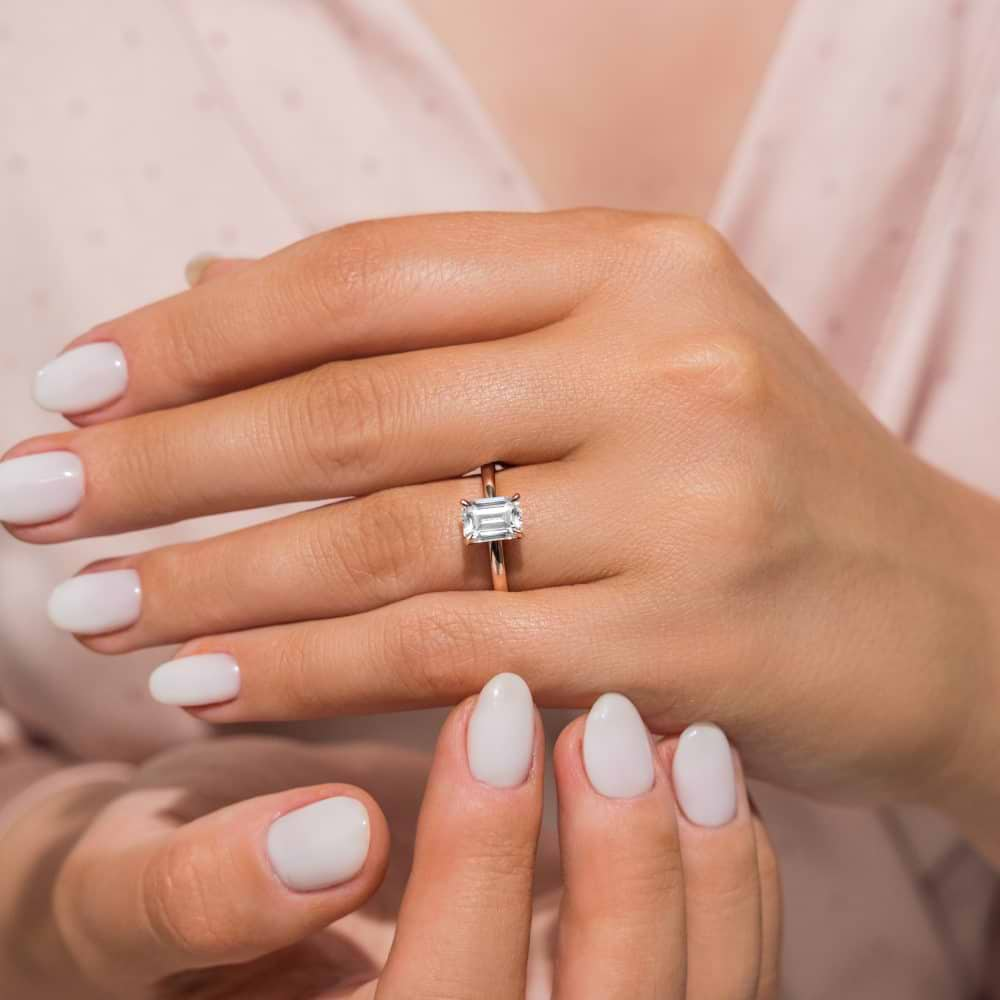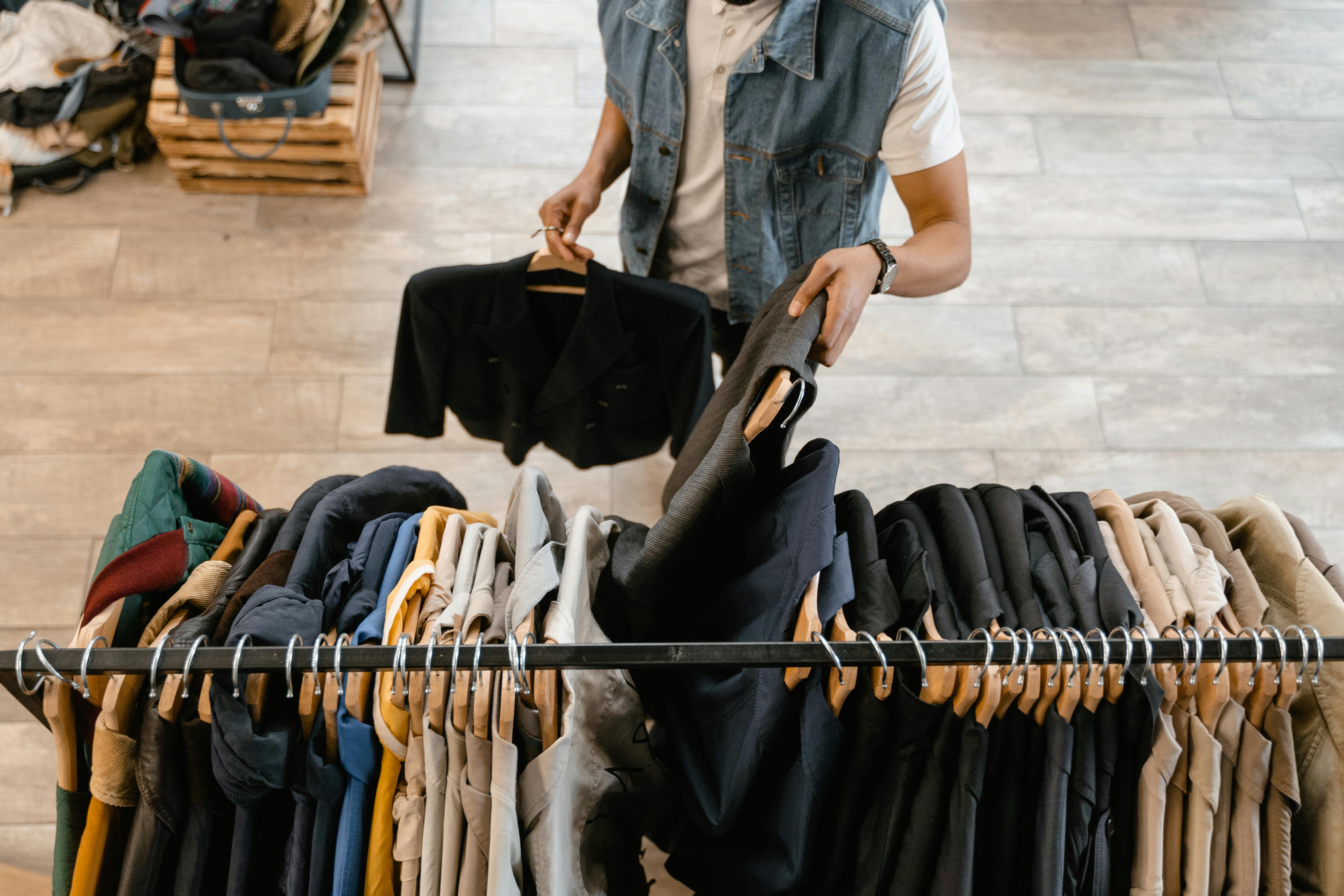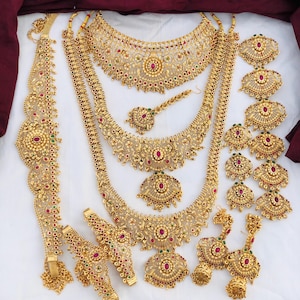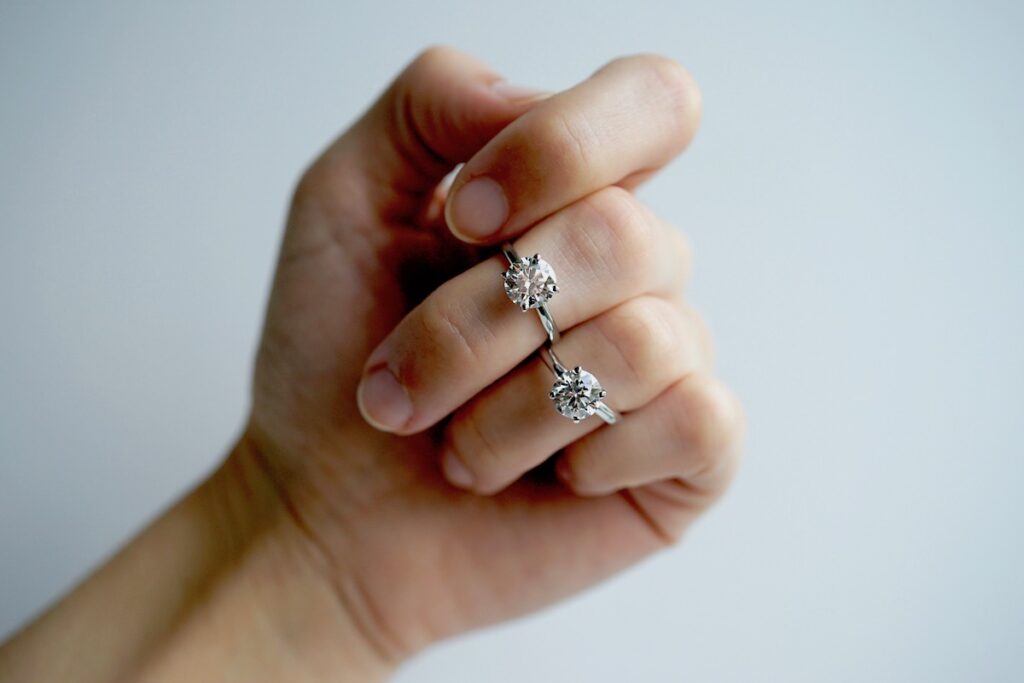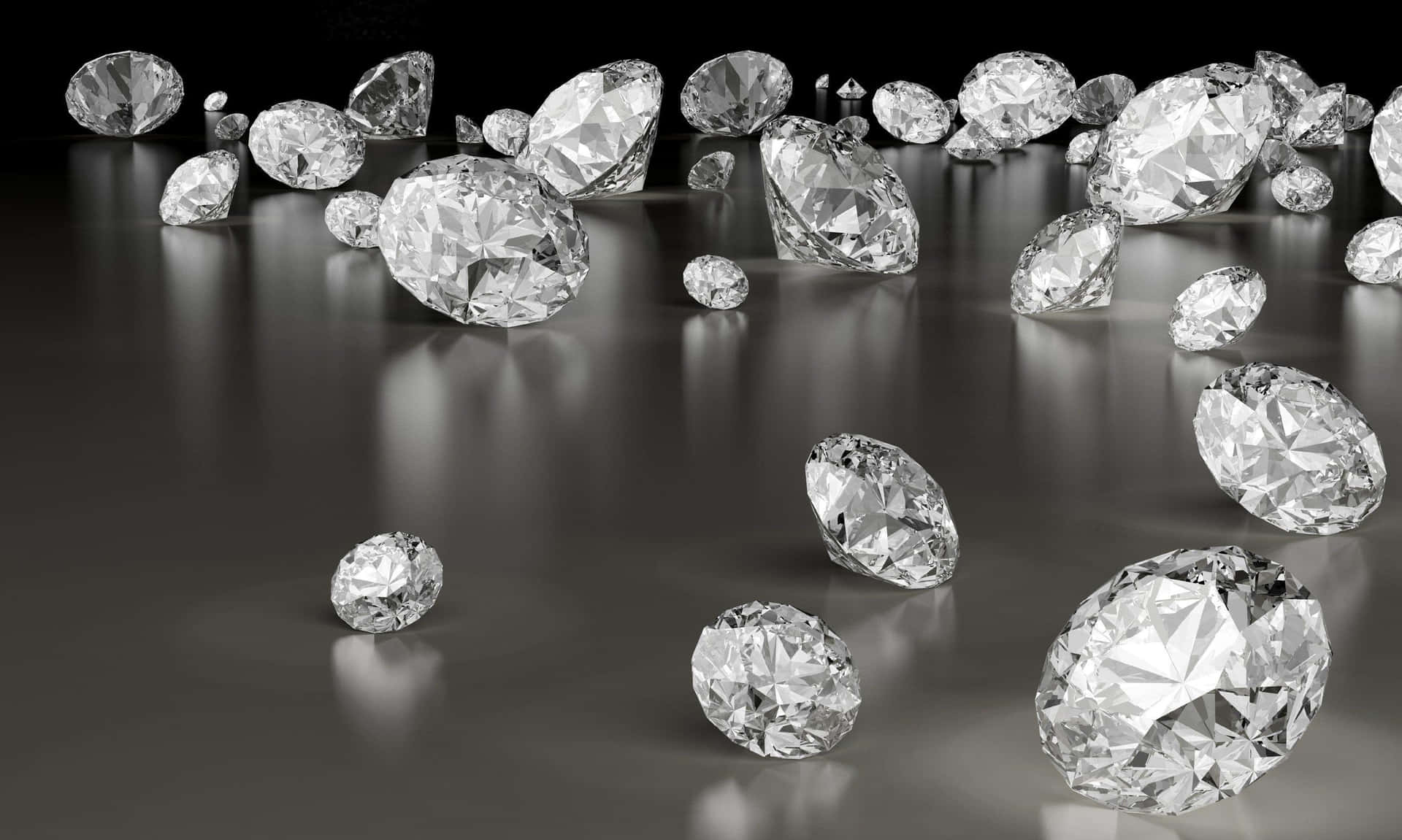In today’s booming market for lab grown diamond rings, one often overlooked yet crucial component is the clasp. While the brilliance of the diamond steals the show, the right clasp ensures that your precious gem stays securely on your finger. Whether you’re buying a new ring or considering an upgrade, understanding the intricacies of clasps can make a significant difference in both aesthetics and practicality.
Table of Contents
Introduction to Lab Grown Diamond Rings
Lab grown diamonds, known for their ethical sourcing and environmental sustainability, have captured the hearts of many jewelry enthusiasts. These diamonds are grown in controlled environments that mimic the natural processes of diamond formation, resulting in gems that are chemically and optically identical to mined diamonds.
As these diamonds gain popularity, the demand for exquisite settings and secure clasps has also surged. After all, a lab grown diamond ring is not just about the stone; it’s about the craftsmanship that ensures its longevity and beauty.
Understanding Clasps in Jewelry
In the realm of jewelry, clasps play a pivotal role beyond mere functionality. They are the unsung heroes that keep your jewelry secure and comfortable. From necklaces to bracelets and rings, a well-chosen clasp can enhance both the usability and aesthetics of the piece.
Importance of Choosing the Right Clasp
When it comes to claws for lab grown diamond rings, the importance of selecting an appropriate clasp cannot be overstated. Apart from securing the ring on your finger, the clasp adds a touch of style and complements the overall design. Imagine a stunning solitaire diamond ring with a clasp that not only holds the stone firmly but also seamlessly blends with the band.
Common Types of Clasps Suitable for Diamond Rings
The choice of clasp depends largely on the design and structure of the ring. Here are some common types that are often used in lab grown diamond rings:
Lobster Clasps: Known for their reliability and ease of use, lobster clasps are widely favored for their strong closure mechanism.
Spring Ring Clasps: These clasps feature a spring mechanism that snaps shut when you release the lever, offering both security and convenience.
Toggle Clasps: Often used in bracelets and necklaces, toggle clasps can also be adapted for rings, providing a unique and stylish closure option.
Box Clasps: These clasps offer a secure closure with a decorative element, making them ideal for intricate ring designs.
Each type of clasp brings its own set of advantages, so choosing the right one depends on factors such as personal preference, ring style, and practicality.
Factors to Consider When Choosing Clasps
Before selecting a clasp for your lab grown diamond ring, consider the following factors to ensure it meets your needs:
Metal Type and Durability: Opt for a clasp made from a durable metal like platinum, gold, or sterling silver to ensure longevity.
Size and Compatibility: The size of the clasp should complement the size of the ring and the thickness of the band without overwhelming the design.
Best Practices for Securing Lab Grown Diamonds
Beyond choosing the right clasp, proper setting and regular maintenance are crucial for the security and longevity of your lab grown diamond ring. Always rely on professional jewelers for setting your diamond securely and schedule periodic inspections to detect any potential issues with the clasp.
Choosing Clasps for Different Ring Styles
The style of the ring also influences the choice of clasp. For example:
Solitaire Rings: A simple and secure clasp like a spring ring or a lobster clasp complements the elegance of a solitaire setting.
Halo Rings: These rings often feature intricate designs, so a box clasp with additional security features may be preferred.
Cost Considerations
While the diamond itself typically commands the highest cost in a ring, the choice of clasp can also impact the overall price. High-quality clasps made from precious metals may add to the total cost but ensure durability and reliability over time.
Tips for Ensuring Longevity of Clasps
To prolong the life of your lab diamonds ring’s clasp:
Cleaning and Care Routines: Regularly clean your ring using mild soap and warm water to remove dirt and debris that can affect the clasp’s functionality.
Avoiding Common Issues: Be mindful of activities that may strain the clasp, such as wearing the ring during rigorous physical activities.
Innovations in Clasp Technology
Advancements in jewelry technology have led to innovative clasp designs that offer enhanced security without compromising on style. New materials and locking mechanisms continue to redefine the standards of clasp reliability in modern jewelry.
Customer Preferences and Feedback
Understanding customer preferences is key to choosing the right clasp for your lab grown diamond ring. Reviews and recommendations from other buyers can provide valuable insights into the performance and durability of different clasp types.
Conclusion
In conclusion, while the allure of lab grown diamonds lies in their ethical appeal and environmental benefits, the choice of clasp plays a vital role in ensuring your investment stands the test of time. By selecting a clasp that combines security, aesthetics, and durability, you can enjoy your lab grown diamond ring with confidence, knowing that every detail has been carefully considered.


